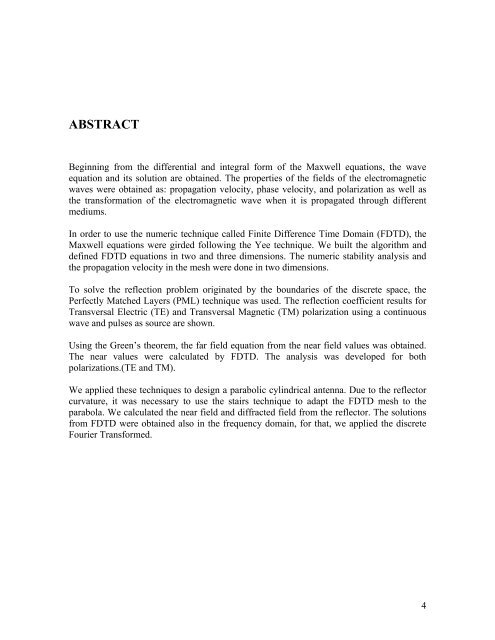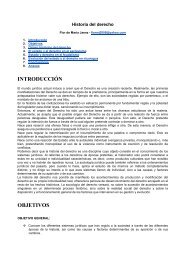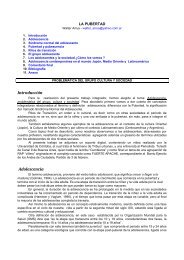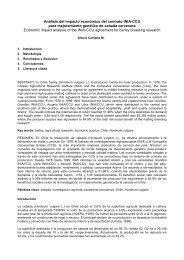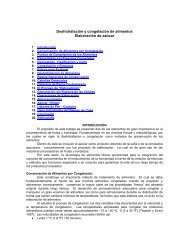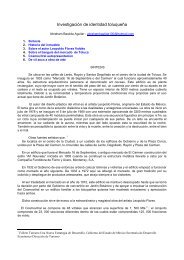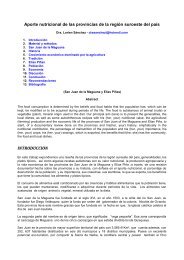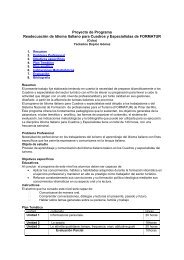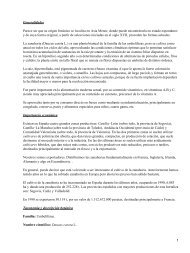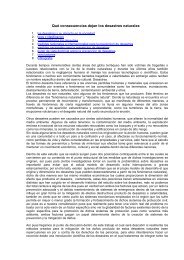TESIS
TESIS
TESIS
Create successful ePaper yourself
Turn your PDF publications into a flip-book with our unique Google optimized e-Paper software.
ABSTRACT<br />
Beginning from the differential and integral form of the Maxwell equations, the wave<br />
equation and its solution are obtained. The properties of the fields of the electromagnetic<br />
waves were obtained as: propagation velocity, phase velocity, and polarization as well as<br />
the transformation of the electromagnetic wave when it is propagated through different<br />
mediums.<br />
In order to use the numeric technique called Finite Difference Time Domain (FDTD), the<br />
Maxwell equations were girded following the Yee technique. We built the algorithm and<br />
defined FDTD equations in two and three dimensions. The numeric stability analysis and<br />
the propagation velocity in the mesh were done in two dimensions.<br />
To solve the reflection problem originated by the boundaries of the discrete space, the<br />
Perfectly Matched Layers (PML) technique was used. The reflection coefficient results for<br />
Transversal Electric (TE) and Transversal Magnetic (TM) polarization using a continuous<br />
wave and pulses as source are shown.<br />
Using the Green’s theorem, the far field equation from the near field values was obtained.<br />
The near values were calculated by FDTD. The analysis was developed for both<br />
polarizations.(TE and TM).<br />
We applied these techniques to design a parabolic cylindrical antenna. Due to the reflector<br />
curvature, it was necessary to use the stairs technique to adapt the FDTD mesh to the<br />
parabola. We calculated the near field and diffracted field from the reflector. The solutions<br />
from FDTD were obtained also in the frequency domain, for that, we applied the discrete<br />
Fourier Transformed.<br />
4


